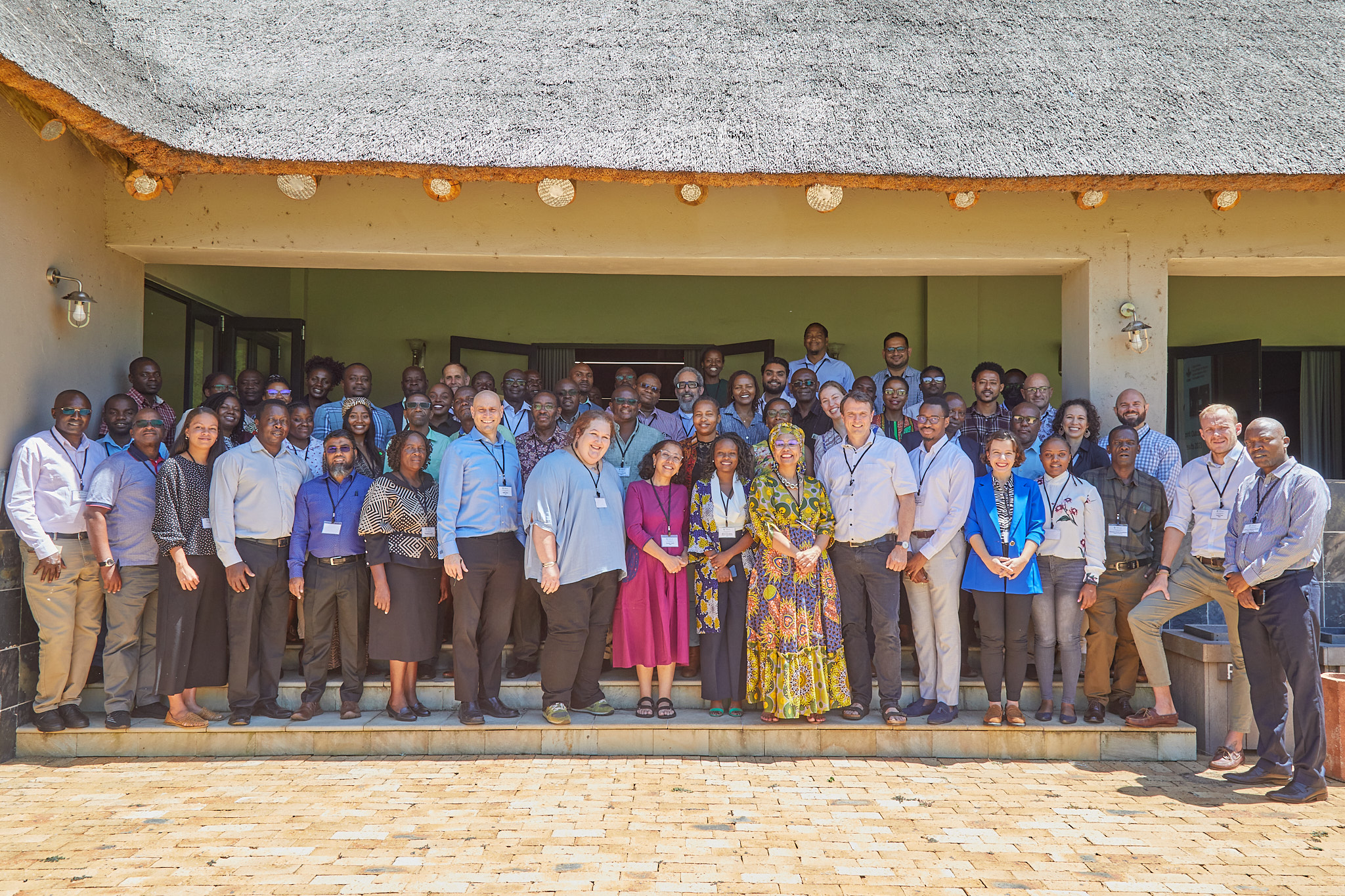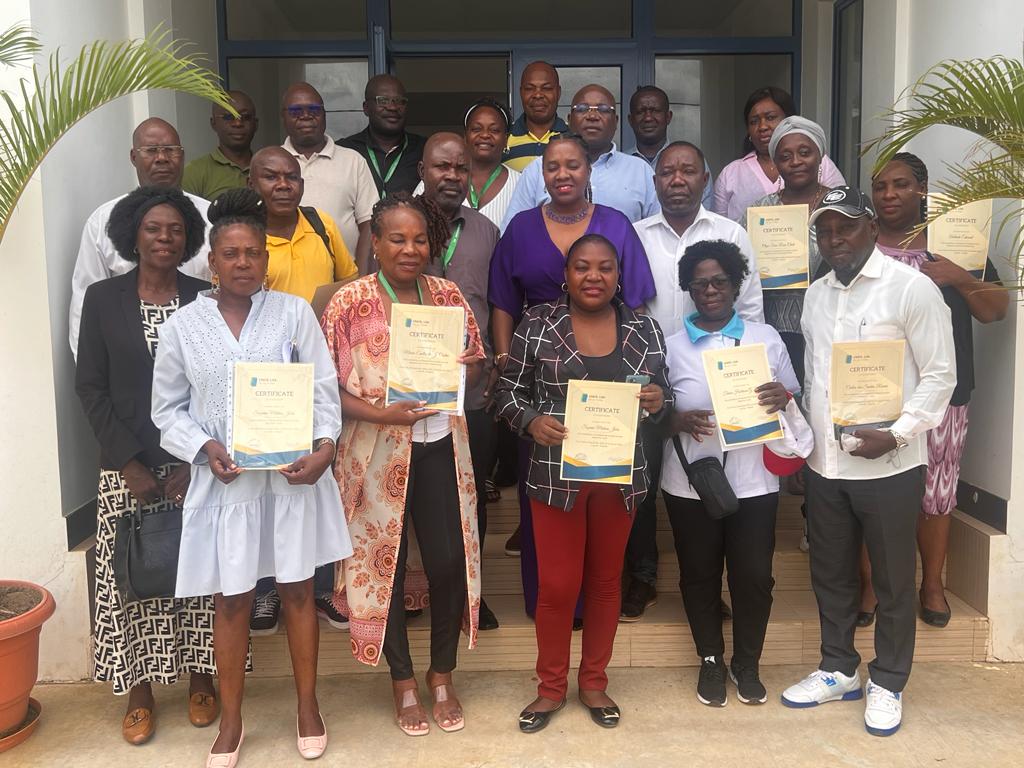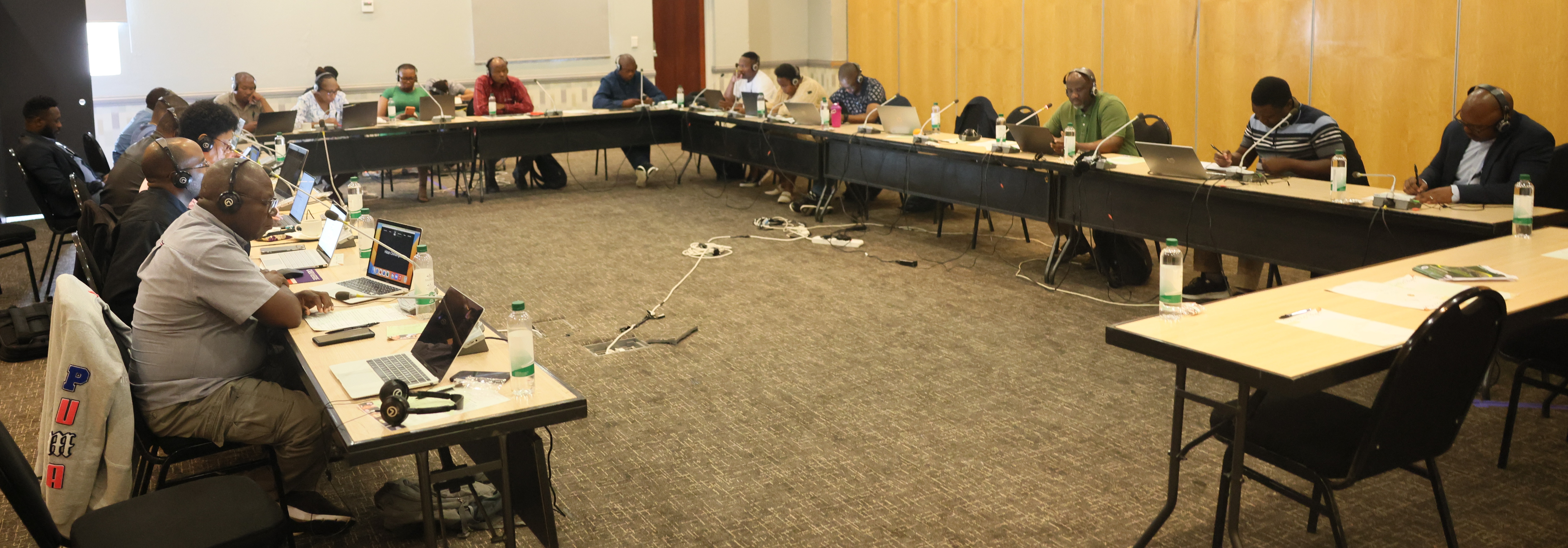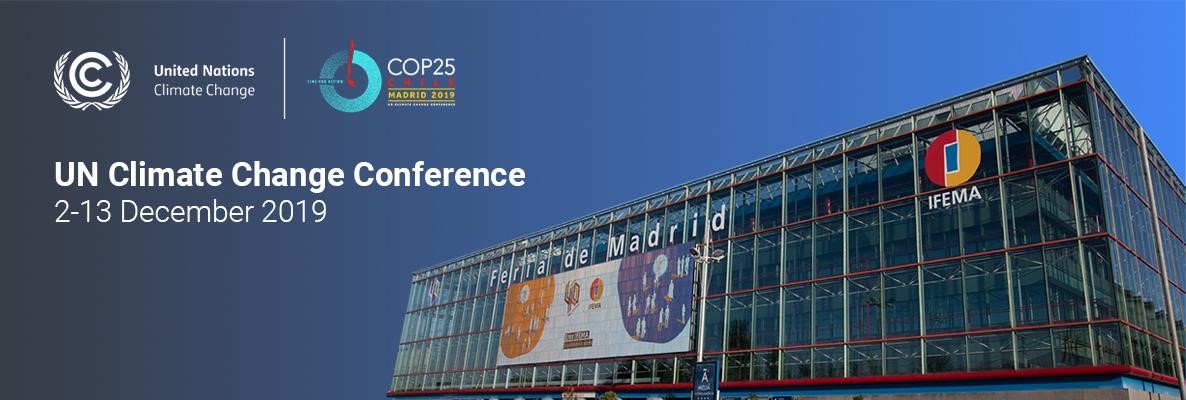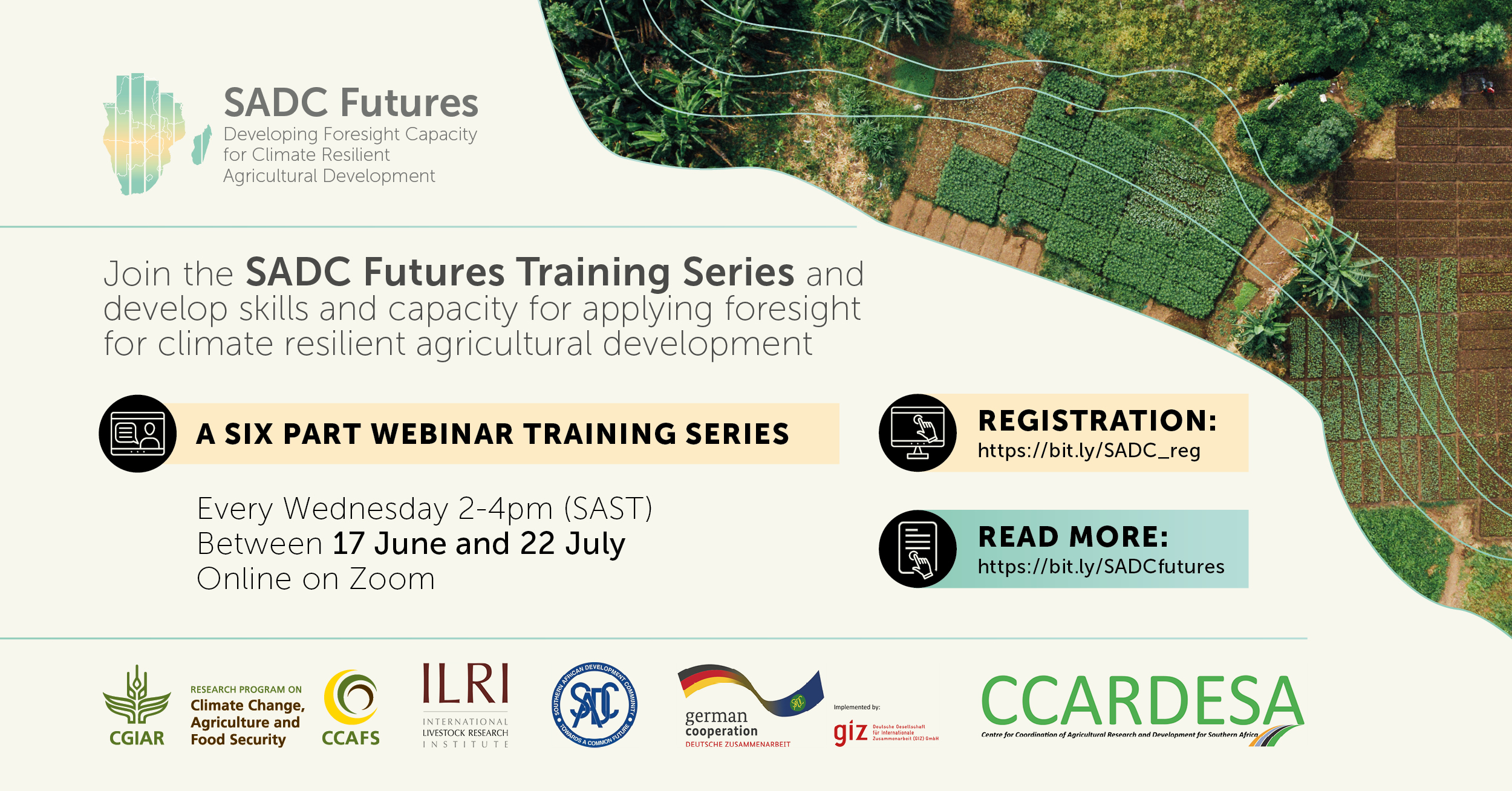Illustrated Guide to Integrated Pest Management in Rice in Tropical Asia
This publication provides practical and comprehensive information to IPM workers in rice fields throughout tropical Asia. It briefly discusses rice plant structure and growth stages and stresses their relation to pest management. There are separate sections on cultural control of rice pests, resistant rice varieties, natural enemies of rice insect pests, and pesticides. The biology and management of the major groups of rice pests — insects, diseases, weeds, and rodents — are discussed in separate sections. Finally, integrated control measures for the entire rice pest complex and the implementation of IPM strategies at the farmer level are described.
W.H. Reissig. 1985. Illustrated Guide to Integrated Pest Management in Rice in Tropical Asia (English) Illustrated Guide to Integrated Pest Management in Rice in Tropical Asia. International Rice Research Institute (IRRI). Los Baños, Philippines



